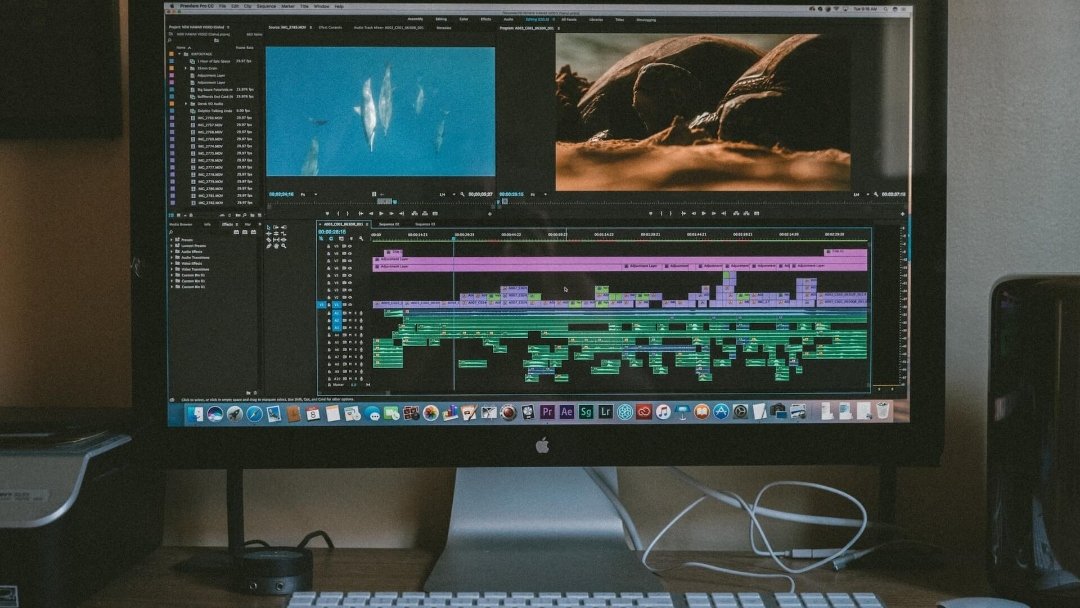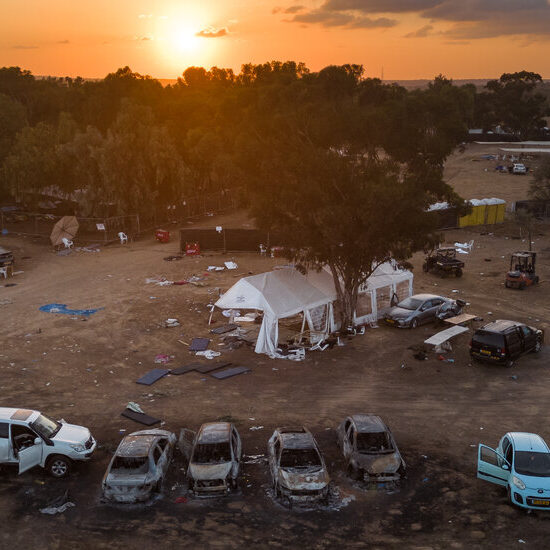
Great editing is editing that’s hard to notice. While it seems contradictory, an audience can pick up on uneven audio, awkward transitions and CGI effects that seem wonky.
A seamless film is a telltale sign that the post-production team did a fantastic job. Plus, it’s an excellent bonus when someone says they enjoy the color grading or the background music is out of this world.
It’s every filmmaker’s dream to get such compliments. However, you must get to know the basics first before you fast-forward to receiving such accolades.
What Is Post-Production?
Making a movie involves pre-production, production and post-production. The post-production stage consists of cutting and arranging the footage from production, as well as adding effects to give the final concept life. It’s quite a time-consuming process that can take a year to complete, depending on the film’s length.
The genre can also affect a movie’s post-production timeline and budget. For instance, the Lara Croft: Tomb Raider movie from 2003 is an adventure film that had $1,600,000 in its post-production budget — a little more modest than Terminator 3. The sci-fi franchise movie prepared $4,000,000 for this phase.
Does Post-Production Matter?
Beginner filmmakers may question whether post-production matters after seeing those numbers, but get one thing straight — Hollywood budgets are ridiculous. Be realistic about your post-production process and focus on what you want to impart to your audience outside of that price tag.
On top of that, post-production means more than just ensuring the final product is neat. It’s important to see this stage as an extension of your storytelling capabilities, and a step to make your film and its message more meaningful.
What Are the Elements of Post-Production?

Newfound hopes of using post-production as a part of your storytelling journey can spark questions about what you tinker with for the final cut. Here are the five key elements of post-production to touch on in editing.
1. Video Editing
Some movies have viewers watch hours and hours of unedited footage captured during production, but the standard film cuts and moves things around. The goal is to have the final product be as cohesive as possible.
Editing your video can also help build powerful film sequences. Shorten five years into two minutes with a montage, or simulate a fast-paced battle between the hero and villain on screen. The sky’s the limit when it comes to video editing — just ensure you have good-quality equipment for a smoother experience. It’s a good idea to review your options. Just know that having a custom-built computer with high specs is imperative for handling your editing software, as Final Cut Pro and Adobe Creative Cloud require a fast processor.
It’s also recommended to seek flexible storage options that can accommodate the size of your film’s file throughout the editing phase. Most popular database management systems utilize C++, which enhances the speed and accessibility of your data.
2. Color Grading
Many people don’t realize color’s impact on a video until the movie’s finally over. For instance, La La Land is incredibly vivid, with bright colors throughout the film. It subconsciously makes viewers sadder when the dark and dreary dinner scene occurs between Emma Stone and Ryan Gosling’s character.
Color correcting is essential to the post-production process, as it can set the mood for the rest of the movie. Editors may have individual tastes and visions regarding this stage, but remember to keep things visible. There’s a difference between making a film spooky by adding some filters and making the scene too dark to see.
3. Sound Finishing
Dealing with sound is a complex process. Its presence can shift how viewers perceive a scene. Musical scoring, ambient noise, the level of dialogue and so much more can influence the mood. Even the absence of sound can amplify the emotions of a scene, as John Krasinki’s A Quiet Place showed.
Audio can seem like a quiet part of the industry, but approximately 452,800 people are employed in motion picture and sound recording production. That just goes to show how much effort can go into what the audience hears when they’re at the cinema.
4. Visual Effects


Visual effects (VFX) is a short umbrella term for the variety of on-screen imagery a post-production team can create. Using a green screen and compositing to put the actors into a post-apocalyptic dimension is VFX. Additionally, employing motion capture to move an actor’s face to the body of a sentient object is VFX.
Budding filmmakers may believe there’s no need to try out VFX, but this element is an option meant to enhance your film. It’s possible to skip, but you can try adding a visual element that might have not been available during your actual shoot, such as a full moon or a starry sky.
5. Motion Graphics
Motion graphics are an underrated part of post-production, but they are also one of the most necessary additions to make before letting a film out into the world. Here’s what they are and why:
- Title: Who doesn’t love a good title card? It’s an iconic frame that marks the essence of a movie. When done well, it can leave quite an impression.
- Credits: The rolling credits are always important to give recognition to all those who made the film possible. Plus, it’s a space to share some of what goes on behind the scenes, such as bloopers or inspirational art.
- Closed Captions: Subtitles are a fantastic way to help the audience understand what your characters are saying. Other captions — such as audio descriptions — can also make your film more accessible.
Prep for What Comes After Production
Each element of post-production contributes to the final cut, so it’s vital to prepare for this step as best as you can. While there’s still marketing and submitting to do afterward, you can give yourself a pat on the back for doing a great job when all is said and done. Good luck in editing!















